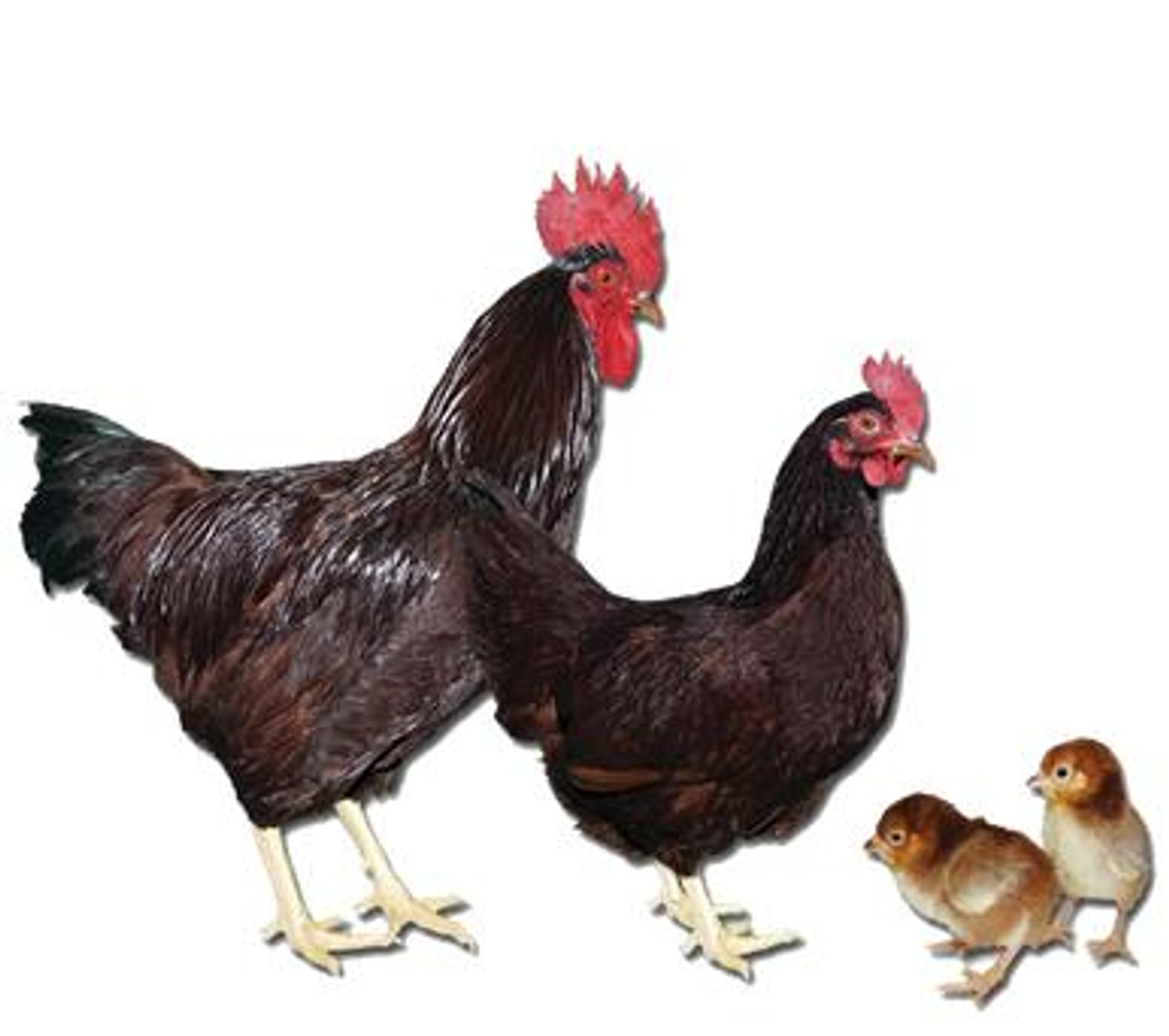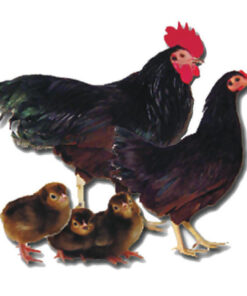RHODE ISLAND RED
$10.00 – $15.00Price range: $10.00 through $15.00
Rhode Island Red
America’s Classic Dual-Purpose Chicken
The Rhode Island Red is a true American original — a breed known for its hardy nature, rich mahogany coloring, and exceptional productivity. Celebrated for over a century, it has earned its place in both backyard flocks and commercial farming operations around the world. Whether you’re raising chickens for eggs, meat, or simply want a friendly, reliable bird in your coop, the Rhode Island Red is an outstanding choice.
History and Origin
The Rhode Island Red was developed in the mid-1800s in Little Compton, Rhode Island, hence the name. It was created by crossing several breeds, including:
-
Malay (for size and strength)
-
Leghorn (for egg-laying ability)
-
Red Shanghai and other Asiatic breeds
Early breeders were focused on developing a dual-purpose bird — one that laid plenty of eggs and could also serve as a good meat producer.
By the early 1900s, the Rhode Island Red had become widely recognized for its versatility and durability. It was officially admitted to the American Poultry Association’s Standard of Perfection in 1904.
Physical Characteristics
Rhode Island Reds are easily recognized by their deep red to mahogany plumage and strong build. Key features include:
-
Color: Rich, dark red to mahogany feathers, often with black tail feathers
-
Comb: Single or rose comb (depending on the strain), bright red in color
-
Eyes: Reddish-orange
-
Beak: Reddish horn or yellow
-
Legs and Feet: Yellow and clean (no feathers), with reddish tones in males
-
-
Rooster: ~8.5 lbs (3.9 kg)
-
Hen: ~6.5 lbs (2.9 kg)
-
Their upright, confident posture and solid frame make them both attractive and practical birds for any poultry keeper.
Egg Production
Rhode Island Reds are among the best egg-laying breeds in the world. Their production levels can compete with top commercial layers when raised properly.
-
Egg Color: Brown
-
Egg Size: Large
-
Average Production: 250–300 eggs per year
-
Peak Production: 5–6 eggs per week under ideal conditions
Many backyard keepers and small-scale farmers choose Rhode Island Reds specifically for their reliable, year-round laying, even during colder months.
Meat Quality
While not as fast-growing as some commercial broilers, Rhode Island Reds are excellent meat birds for small farms and homesteads. Their flavorful, firm meat is appreciated by those seeking heritage-quality poultry.
Temperament and Behavior
Rhode Island Reds are known for their independent, active, and somewhat assertive personalities. Key behavioral traits include:
-
Hardiness: Tolerant of a wide range of climates, especially cold
-
Foraging ability: Excellent free-rangers, efficient at finding their own food
-
Personality:
-
Hens are generally calm and friendly
-
Roosters can be protective and occasionally aggressive, especially in crowded spaces
-
Because of their rugged nature and confidence, Rhode Island Reds are ideal for both rural and suburban settings.
Care and Management
These birds are relatively low-maintenance, making them ideal for beginners:
-
Housing: Adaptable to both confinement and free-range environments
-
Feeding: Balanced layer pellets and access to forage for optimal health
-
Health: Generally robust, but benefit from routine parasite checks and clean living conditions
-
Lifespan: 5–8 years on average, often longer with proper care
Varieties: Production vs. Heritage
There are two general strains of Rhode Island Reds:
-
Heritage (Standardbred):
-
Heavier body
-
Deeper red plumage
-
Slower growth but better dual-purpose traits
-
-
Production (Commercial):
-
Bred mainly for high egg yield
-
Lighter in color and frame
-
Less broody, more prolific
-
Heritage strains are preferred by breeders and poultry shows, while production types are favored by egg farmers.
Conclusion
The Rhode Island Red remains one of the most versatile and enduring breeds in poultry history. Whether you’re seeking a steady layer, a meaty table bird, or a beautiful and tough backyard companion, this breed delivers on all fronts. With its combination of productivity, hardiness, and classic charm, it’s easy to see why the Rhode Island Red has stood the test of time — and continues to be a top choice for chicken keepers everywhere.
| Sex | Male, Female |
|---|
Be the first to review “RHODE ISLAND RED” Cancel reply
Related products
Rhode Island Red



Reviews
There are no reviews yet.